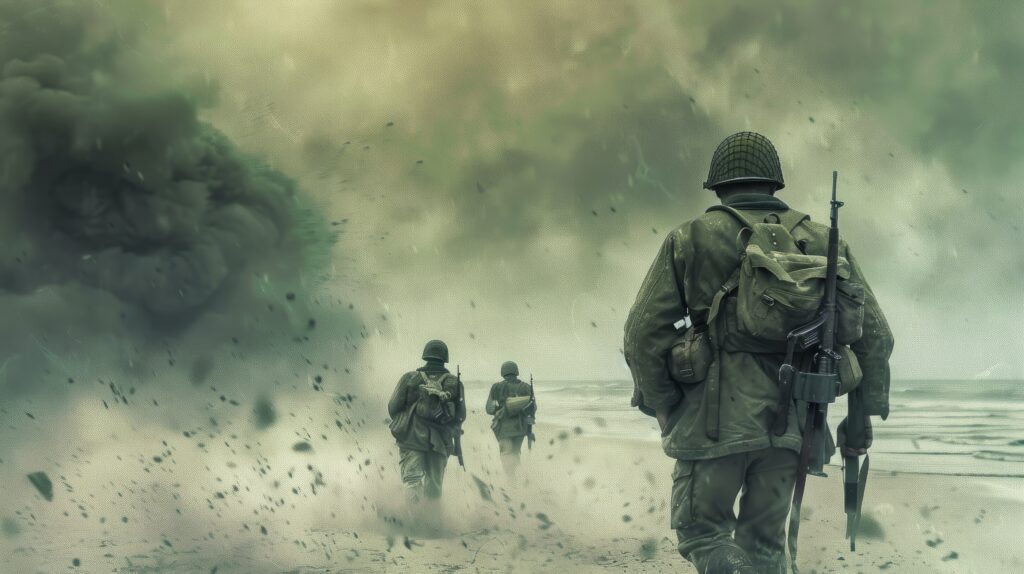
The acclaimed video series “The Band of Brothers” follows members of Easy Company in the 506th Parachute Infantry Regiment from their initial training in Georgia to their end of World War II at Berchtesgaden – home of Hitler’s mountainside retreat. The second episode, entitled “Day of Days,” depicts their night parachute jump behind enemy lines as part of D-Day – the allied invasion of Normandy on June 6, 1944.
Next Thursday we will remember the 80th anniversary of the fateful day that marked the beginning of the end for fascist control of Europe. I have been reflecting on that day – and the men and women who participated in the invasion and all that led up to it. Not surprisingly, I have been reading a book – “Normandy ‘44 D-Day and the Epic 77 Day Battle for France” by James Holland. This book was different for me because the author is English, so it has a greater focus on the British and Canadian contributions than my previous readings – and uses some distinctly English vocabulary!
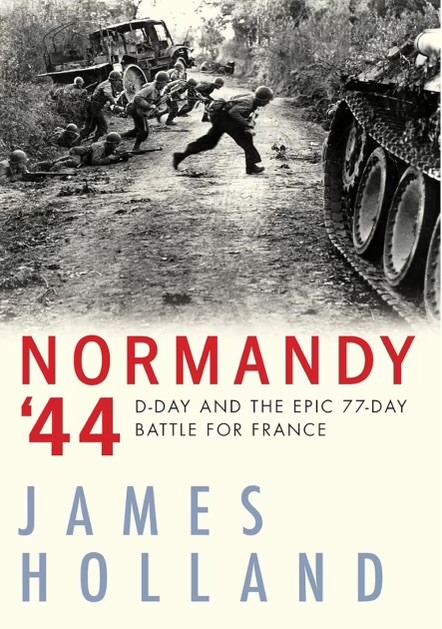
Holland frames this historic battle with first person accounts from those who were there on the front lines and in key support roles. He did interviews and read letters and diaries to put human faces on the battlefield – U.S., British, Canadian, and German. He also looks at the personalities of the key generals and how they played into decisions.
Several things that have been on my mind reflecting on D-Day:
I am always in awe of the courage that it took to jump out of a plane, in the dark, landing behind enemy lines or charge off a landing craft into the teeth of German fortifications. We owe the men who bore this burden our undying gratitude – and now, 80 years later, nearly all of them have passed away.
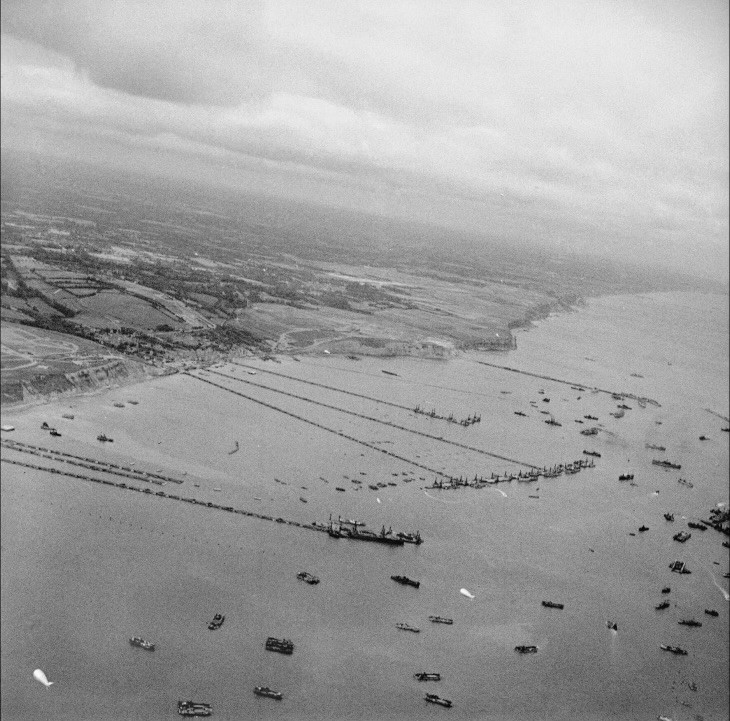
Those of us in the United States naturally focus on American involvement, but our troops landed at two of the five invasion beaches (Omaha and Utah). The British forces landed at two (Gold and Sword) and the Canadians at Juno. In addition to the U.S. 82nd and 101st Airborne Divisions, the British 6th also parachuted in that dark night.
Since the U.S., Britain and Canada were democracies, their fighting strategies were different than the Germans or the Soviet Union. They prioritized the lives of the soldiers and airmen to a higher degree, so they had a “steel not flesh” approach. This strategy meant they used firepower – naval gunfire, artillery, and bombing – to the greatest degree possible.
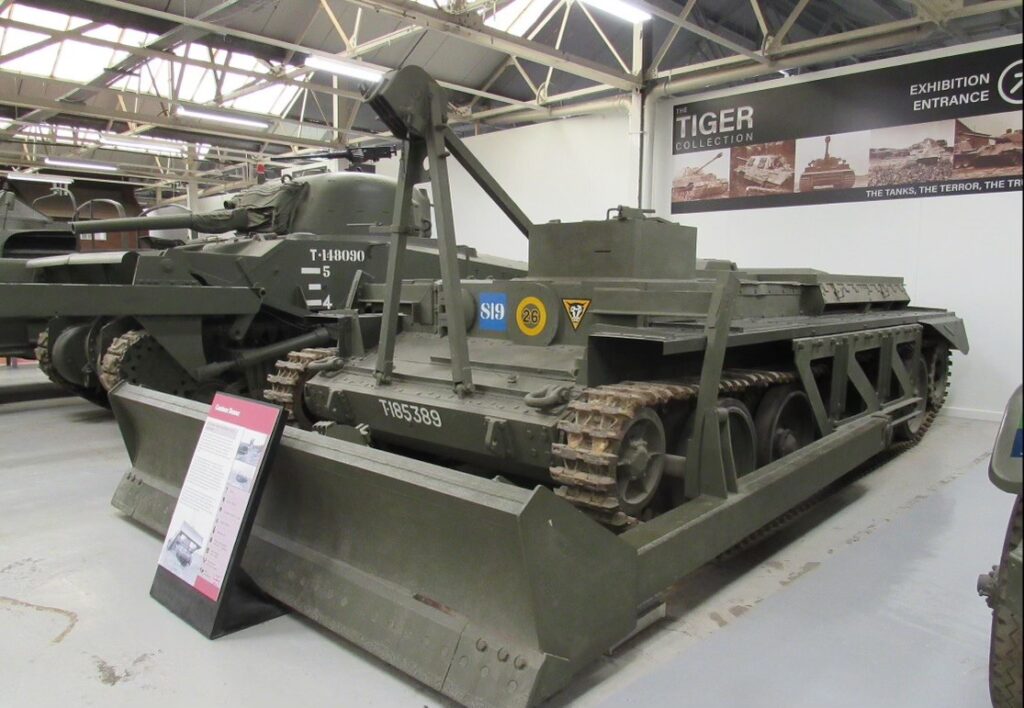
Therefore, logistics were critical. About 47% of the allied land forces were behind the front lines supporting the effort – getting food, fuel, ammunition to the troops, repairing damaged equipment, and caring for the wounded. Being able to support all the troops ashore (160,000 landed on D-Day), especially when everything was landing over the beach, was a huge concern. They built temporary “ports” that were beyond anything conceived of at the time. By June 30, over 850,279 men (close to the population of Pierce County), 148,803 vehicles, and 570,505 tons of supplies had been landed.
Innovation and new technology were crucial to the invasion’s success. They were used to guide the paratroopers to their landing zones and communicate between the soldiers at the front and the ships off shore, and the planes in the air. The landings were supported by British Major General Percy Hobart’s “funnies” – innovative tanks designed to be amphibious, bulldoze, confront minefields, and overcome obstacles.
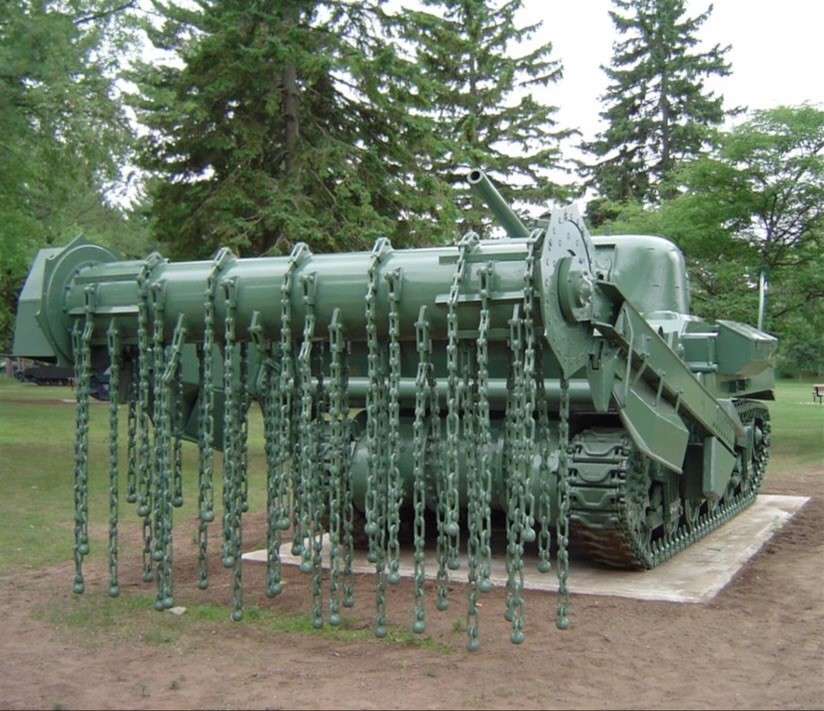
I have had the honor of visiting the Normandy American Cemetery featured in the concluding scene of “Saving Private Ryan.” If you ever have the opportunity, don’t miss it. It was a very solemn and powerful experience.
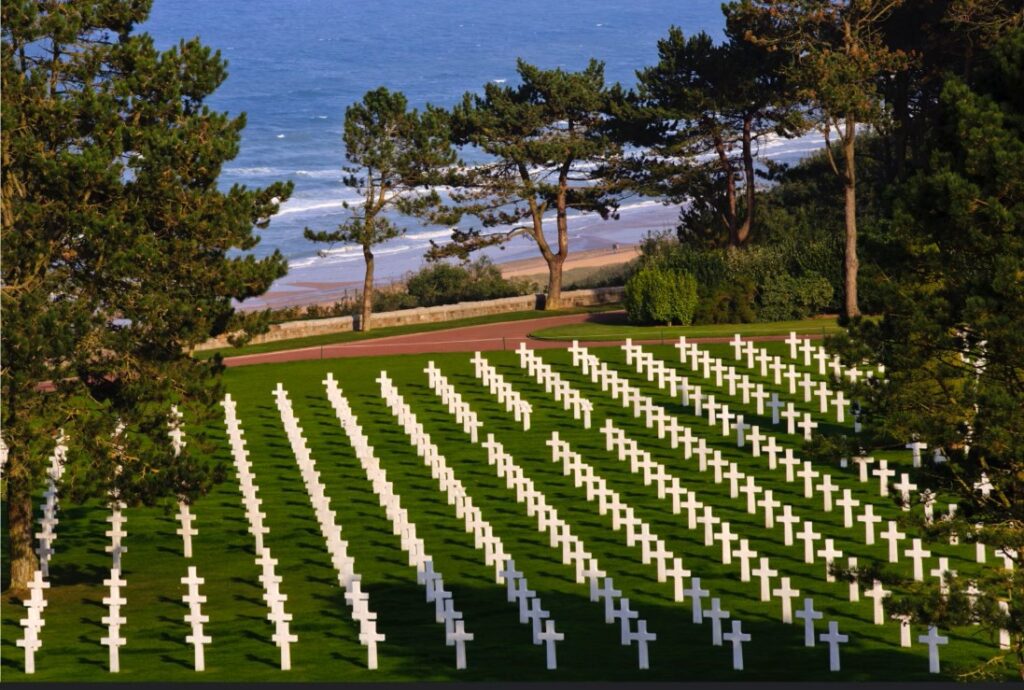
What stands out to you as we remember D-Day after 80 years?
Thanks for reading,

Bruce
